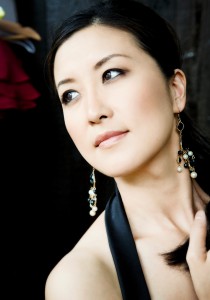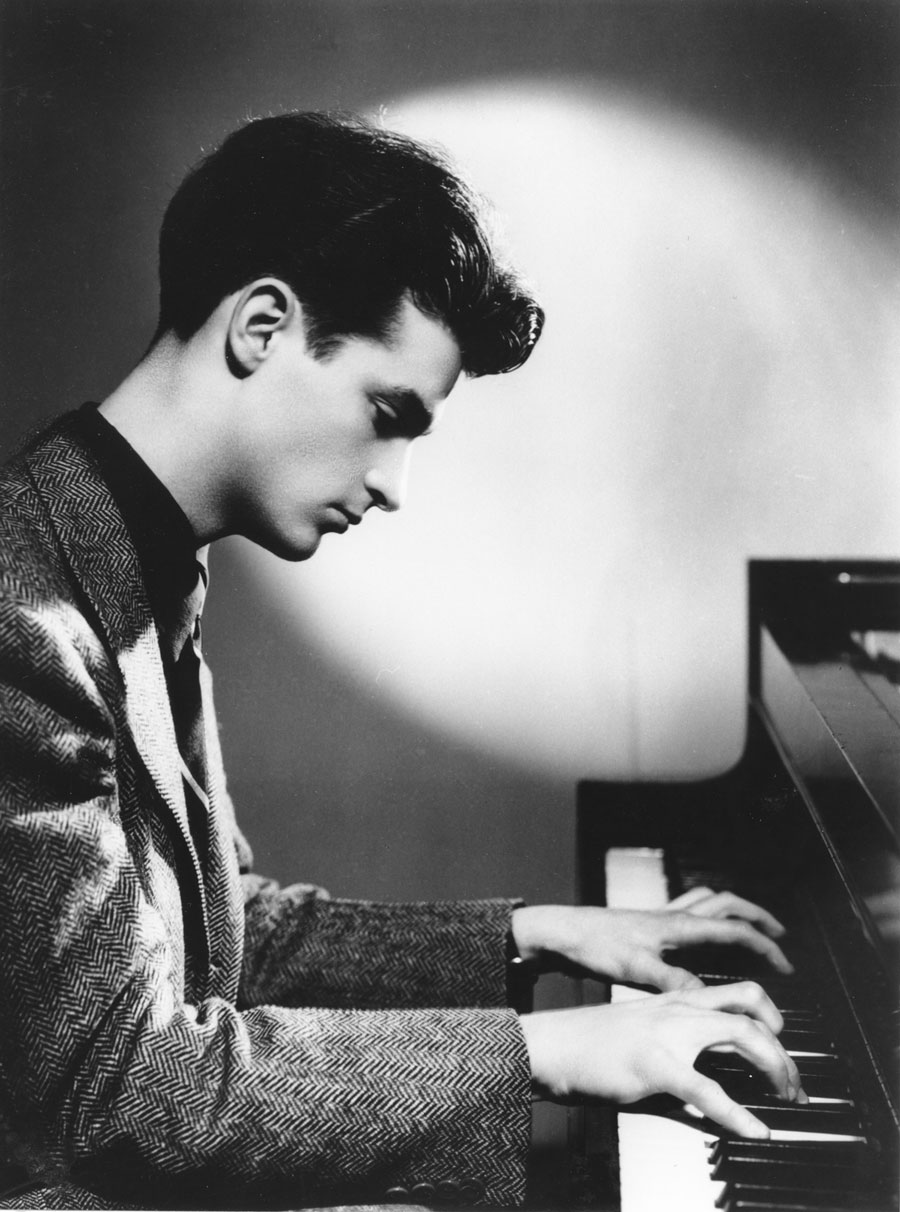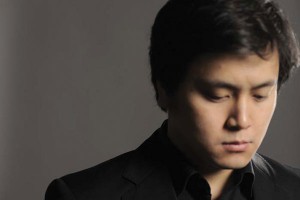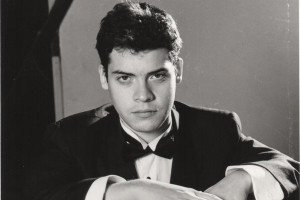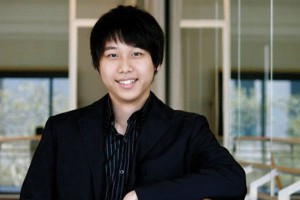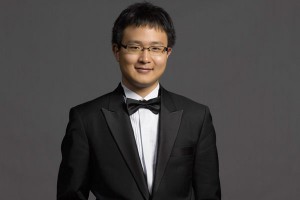The Center for Musical Excellence (CME) is dedicated to the ideal of helping gifted artists of all nationalities realize their potential by providing them not only with top-notch training and mentoring, but with practical assistance in areas such as housing, language, and securing necessary documents. Originally conceived to assist pianists, CME has now branched out to also accept players of all instruments and vocalists as well. Founder, Artistic and Executive Director Min Kwon headlined a group of talented artists in a benefit concert to raise money for this fine organization. A silent auction with a variety of items, from the expected (a private concert from Ms Kwon) to the unexpected (an opportunity to watch an open-heart surgery!) awaited the highest bidders.
Such group concerts are always great fun for the audience members, who get to enjoy a variety of talented performers in crowd-pleasing works; it is a lot more stressful for the artists, however, who have to come in “cold” and be ready to go immediately. To be judged on a few short minutes where anything can happen can be a frightening prospect. It is also difficult for the reviewer, who must make snap judgments and avoid the temptation to compare performers. If all goes well – and it did – the festive nature of the occasion rules the day.
Min Kwon and Alexander Beridze opened the concert with Variations on a Theme of Paganini for Two Pianos by Witold Lutosławski (1913-1994). Played with panache and style, this much-loved work got the night off to a great start. Ming Xie followed with the “Alborado del Gracioso” from Miroirs of Maurice Ravel (1875-1937). At only eighteen years of age, he played with involvement and mastery far beyond his years. This is a young man who bears watching. Heegan Lee Shzen followed with Etude –Tableaux in E-flat Minor, Op. 39, No. 5 by Sergei Rachmaninoff (1873-1943, not 1891-1953 as the printed program stated twice– those dates are Sergei Prokofiev’s!). Mr. Lee did not begin serious studies until age fifteen. This late start makes his achievement all the more remarkable when one considers that most players of his caliber usually began at the age of four or five. He seemed to gain confidence as he played and finished strongly. He is a diamond in the rough who will be a pleasure to follow. Closing the first half, Diyi Tang treated the audience to Ce qu’a vu le Vent d’Ouest (What the West Wind Has Seen) from the Préludes, Book I from Claude Debussy (1862-1918). This virtuosic tribute to Percy Shelley’s Ode on the West Wind was played with fiery intensity – a stormy wind full of raging aggressiveness. This I believe to be the most effective approach and not the understated interpretation that I have heard from many others. It was an exciting close to the half.
Miao Hou joined Diyi Tang to open the second half with two selections of two-piano works. The first included “Meng Songs” and “Miao Dances” from China West Suite by Chinese composer Chen Yi (b. 1953). These two movements could be described as Béla Bartók and Prokofiev mingling with the sounds of China; the Meng Songs being poignant in simplicity and the Miao Dances infectious in their energy. The pianists then swapped pianos and offered the Valse from the Second Suite for Two Pianos of Rachmaninoff. It sparkled with optimism and brightness in the hands of these two very sensitive musicians. The youngest performer of the evening, soprano Sydney Lazar followed. Ms. Kwon told of how Ms. Lazar won the hearts of the Viennese when she was a participant in CME’s ConcertoFest in Vienna. Her performance of “Bel Piacere” from Rinaldo by George Frederic Handel (1685-1759) showcased her lovely voice, but it was her performance as Adele singing the “Mein Herr Marquis” aria (probably much better known as “Adele’s Laughing Song”) from Die Fledermaus by Johann Strauss II (1825-1899) that made it completely obvious how she won over the Viennese. Projected with coquettish charm, it was a winning performance from start to finish. Ms. Lazar is personality plus and should have a bright future. Her accompanist, Lachlan Glen was a star in his own right; any singer would be happy to have him as a collaborator. Erikson Rojas followed and proved to be an impressive performer in his own right. Playing Ante el Escorial by Ernesto Lecuona (1895-1963), Mr. Rojas gave an impassioned and intensely committed performance; the intensity of his performance made me forget that I am not especially fond of this piece – no small achievement! To cap off the night, Ms. Kwon joined Mr. Rojas for Libertango of Astor Piazzolla (1921-1992), played with Piazzolla’s characteristic fire. All the performers came back for a group bow before the enthusiastic audience. Congratulations are due to all the performers and especially Ms. Kwon, whose energy and dedication has made the difference in the musical lives of so many through CME.

